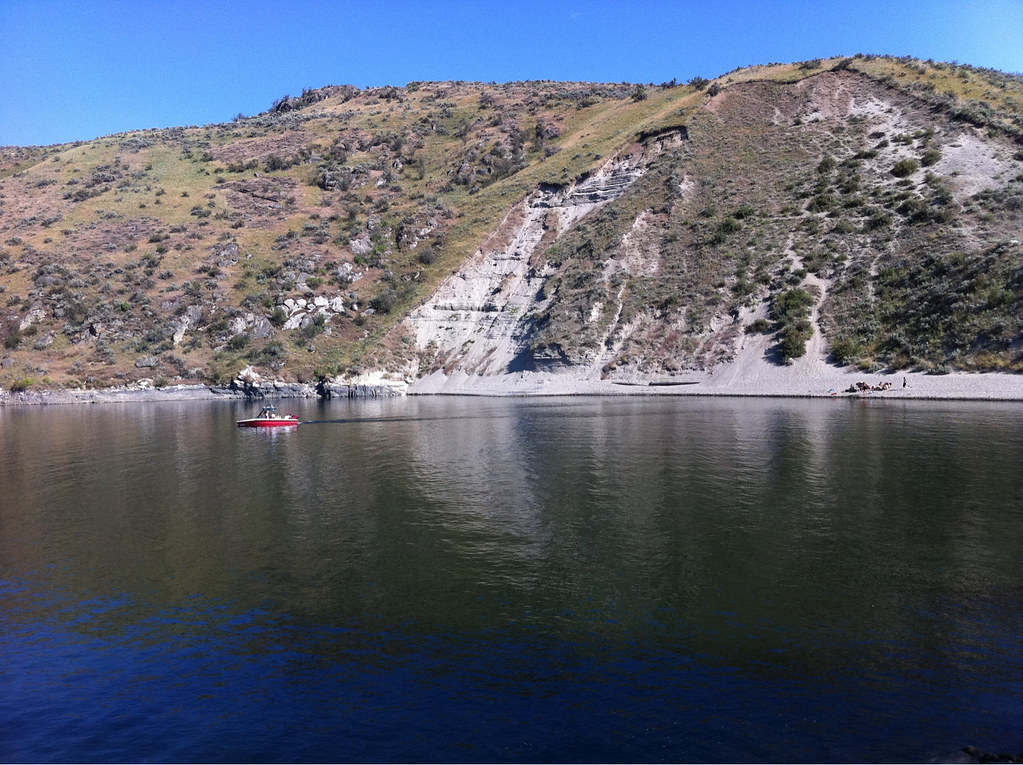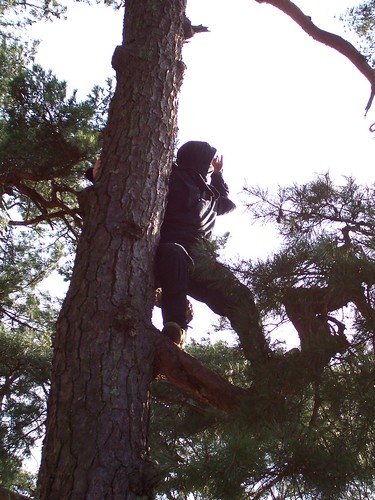Wowser ! Another great day!
 |
| Grammasheri GKid 1 of 10 |
First, I entered yesterday's blog in the dark back in the room as my roommate drifted early into sleep. So I forgot to thank Tim Sorey for his always helpful and inspiring model of excellent teaching. He throws on instructional and collegial hats to guide us and join with us in discovering what works in our educational strategies and content. So, I just want to ask in thinking about properties of matter, or transfer energy, what are "thoughts"?
Next, what is my feedback? WOWSER! All the presenters and presentations provided powerful paths to improve our teaching to improve student learning. The last two years, we have learned and shared from the best; this year the best of us and our former teachers shared those learnings as lessons we completed here and can conduct back at school from the modeling provided. So thank you for:
- Excellent presentators, presentations, lessons, discussions
- Time for networking and idea sharing: discussions, both formal and informal
- Active participation
- Open and inviting climate
- Intro to another reflective component of teaching: Lesson Study
- Love Wenatchi Hall: what a beautiful building
- Breaks, snacks, and a pig
- Comfort Suites
 So today, thanks to Kathleen Ferguson and Gary Morrison-Nelson for a thorough introduction to unit development with GLAD strategies. The examples and adaptations from beginning to end with a fantastic handout really demonstrated how the process flows to help provide metacognitive strategies so students can continuously hook new learning to old, building new concepts daily and correcting misperceptions through the continual review of relevant concepts. Thanks so much!
So today, thanks to Kathleen Ferguson and Gary Morrison-Nelson for a thorough introduction to unit development with GLAD strategies. The examples and adaptations from beginning to end with a fantastic handout really demonstrated how the process flows to help provide metacognitive strategies so students can continuously hook new learning to old, building new concepts daily and correcting misperceptions through the continual review of relevant concepts. Thanks so much!Finally the dynamic jedi of Web 2.0 tools, Matt Brewer, inspired participants to build their Personal Learning Network -- expanding their current building and MSP network into the global community through the power of Twitter (@mbrewer_SL ). Be sure to read his Google Doc "The Power of My PLN" to learn from his "tweeps." Remember: five minutes a day could bring you a wealth of useful strategies, tools, and blogs to read. More suggestions for building a PLN from my blog: What Else Posts. Thanks, Matt for your fast-paced and hands-on session.
And as a thank you, I created a site for the MSP group: "This project shares some of the strategies and tools of social networking that help chunk learning so that teachers can intermittently through the teaching process assess the levels of understanding of students in their classrooms so that adjustments, reteaching, or extensions can occur to ensure all students learn." Ask What Else: http://www.askwhatelse.net
And as a thank you, I created a site for the MSP group: "This project shares some of the strategies and tools of social networking that help chunk learning so that teachers can intermittently through the teaching process assess the levels of understanding of students in their classrooms so that adjustments, reteaching, or extensions can occur to ensure all students learn." Ask What Else: http://www.askwhatelse.net
I hope it is of some help to those learning Web 2.0 tools.
Thanks again for another great learning event.
Sheri Edwards (@grammasheri ) What Else Ask What Else: Tools For You
Reflect curiosity and wonder...
Go boldly and scatter seeds of kindness..
42







